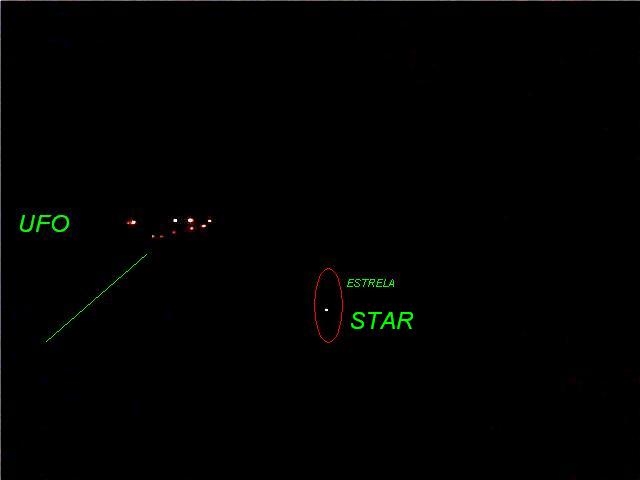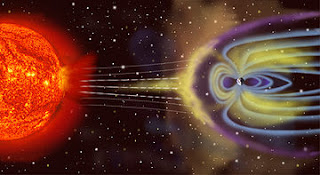
The mexican governnment doesn't punish its pilots like united and American airlines and most US airliners do . Infact unlike the secretive FAA , Mexican aviation comes forward with its aircraft Ufo encounters and they have over 10 confirmed events in January alone - many confirmed with radar sweeps!
Like this news one:
Reports of encounters between Mexican aviation and unidentified flying objects are far from over, as we can see from today's message from Prof. Ana Luisa Cid.
"According to a report from Alfonso Salazar, a commercial airliner encountered an unidentified flying object over the Gulf of Mexico.
"The TCAS radar detected it for five (5) minutes, alerting the airliner's crew to the presence of unidentified traffic nearby. It followed them and maneuvered above them.
"[The airliner] involved was Magni Flight 774, flying between Mexico City and Cancún, registration number XA-MAI (Boeing 737-300)
"There were several reports of encounters between UFOs and airliners in the skies over Mexico during the month of January."
Source









